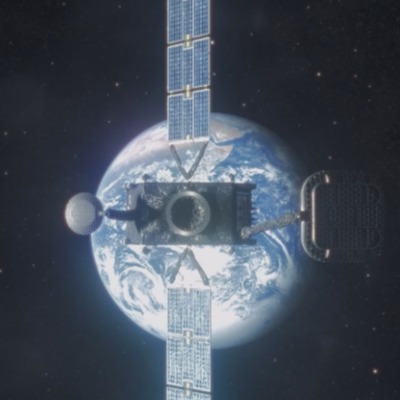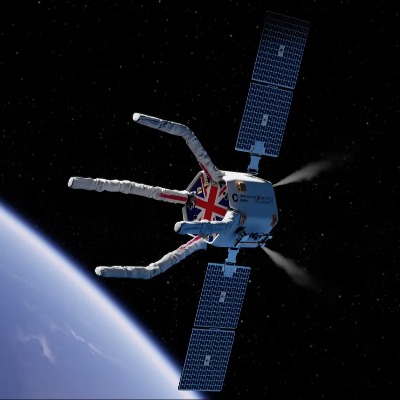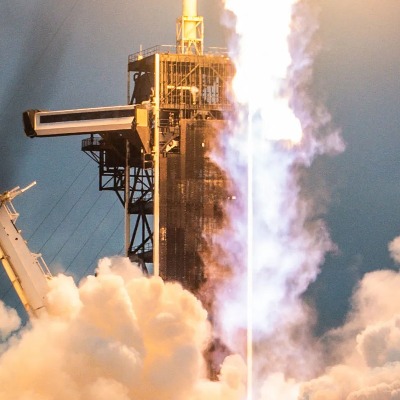UK Tests Air-Breathing Engine For Super-Efficient Satellites

While headlines buzz about hypersonic missiles, the UK Space Agency (UKSA) is taking a different path to space dominance. They're quietly revolutionizing the game with a project testing an extremely low orbit (ELO) propulsion system that runs on solar power and... thin air.
This isn't science fiction. The £250,000 project, awarded to scientists at the University of Surrey, focuses on developing an air-breathing thruster specifically designed for ELO satellites. These satellites operate much closer to Earth than traditional ones, skimming the upper fringes of the atmosphere.
"Traditional satellites rely on heavy fuel tanks, limiting their mission lifespans," explains Dr. Andrea Lucca Fabris, the project's lead researcher. "Our ELO system would be a game-changer. By collecting air particles at high altitude and converting them into propellant, we could theoretically keep satellites operational for years, even decades."
The key to this innovation lies in a device called a cathode, which essentially acts as a fuel injector for the collected air molecules. The project focuses on designing a cathode specifically suited to the thin and less-dense air found in the ELO environment.
"Imagine a satellite that can refuel itself as it travels," says Fabris. "That's the potential of this technology. It would revolutionize Earth observation, climate monitoring, and even satellite communications."
While the project is currently in its early stages, the potential benefits are undeniable. Satellites in ELO could provide high-resolution data for weather forecasting, disaster response, and environmental monitoring. Additionally, their extended lifespans would significantly reduce the need for frequent satellite launches, minimizing space debris and lowering overall costs.
The UKSA is known for its forward-thinking approach to space exploration. This ELO propulsion system exemplifies this commitment to innovation. While hypersonic missiles grab headlines, the UKSA is laying the groundwork for a more sustainable and cost-effective future in space, one that utilizes the very air we breathe.




